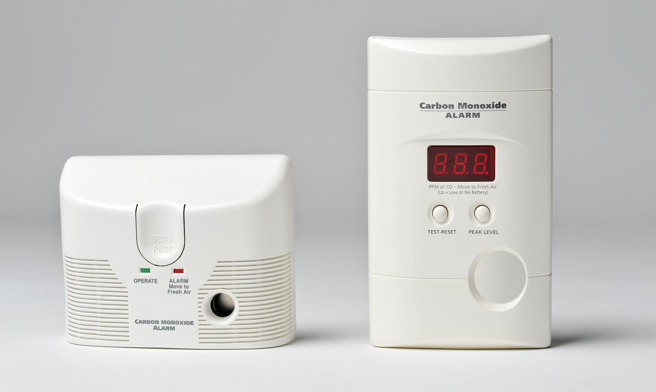Carbon monoxide poisoning death shows need for enforcement, education at Akron properties
A full account of what went wrong at Timber Top apartments that led to a death and illnesses Oct. 21 needs to be documented.
A 66-year-old woman died and seven people were sent to hospitals after a carbon monoxide leak blamed on a boiler.
Timber Top residents have complained for years about inadequate heat, according to statements made at an Oct. 24 Akron City Council meeting. Councilwoman Tara Mosley reacted by saying the housing department should report back on how many complaints have been filed about the apartment complex.
And then there is the matter of carbon monoxide detectors — required in many types of apartment buildings under Ohio law since 2019 but not made available in the Timber Top units until after the fatal emergency. Appropriate charges are needed if Ohio’s fire code was violated.
Health and safety officials like to stress that carbon monoxide poisoning is “entirely preventable.” That’s no small comfort to those who have lost a loved one.
Experts stress that carbon monoxide alarms are the only way to know your life is at risk, since the gas has no odor, taste or color. Other keys to prevention include annual maintenance of natural gas-powered furnaces and caution around such tools as portable generators.
More:Column prompts couple to replace carbon monoxide detectors. It likely saved their lives
After the Timber Top death, Akron City Council updated its laws this month to codify the state fire code on the local level and extend it to single-family homes. Carbon monoxide (CO) detectors will be required in all residential structures that use fuel-burning appliances, including single-family homes.
It’s concerning, however, that there will be no way to know if owners of existing rental units are following the law. It will be up to residents to make complaints.
While it would be impossible to check every apartment in the city for smoke and carbon monoxide alarms, it seems possible to check for faulty equipment and trouble spots. Perhaps the city should study whether the largest rental properties should be required to have systems inspected by qualified contractors on a regular basis.
Unfortunately, some landlords and property management companies aren’t doing their part, whether the issue is fire safety, rats, broken elevators or mold, as the Beacon Journal has reported in other instances.
Also, tenants may fail to do their part — safety experts urge people to replace batteries in smoke and CO alarms as needed and press the “test” button to ensure they’re working. Renters who have not received the devices should contact their landlord; Akron residents can call 311 to complain.
More:What to know about carbon monoxide poisoning, detection
A leader of the Northern Ohio Apartment Association emphasized the importance of the safety devices, saying people who are apartment hunting should not sign a lease with a landlord who has not provided them. It could be a sign of a bad relationship between the building's owners or managers and their tenants, Ralph McGreevy said.
The colder months are when most carbon monoxide deaths related to appliances, including furnaces, happen, experts say. December, January and February are the peak months for fires related to home heating equipment, including space heaters, according to the nonprofit National Fire Protection Association.
The Centers for Disease Control and Prevention reports at least 430 people die from accidental CO poisoning every year. On average, about 2,600 civilians die every year in home fires, the NFPA says.
If residents, landlords and government officials could all work together on improving safety, many lives could be saved.

This article originally appeared on Akron Beacon Journal: Work on preventing renters' deaths from carbon monoxide, fire

